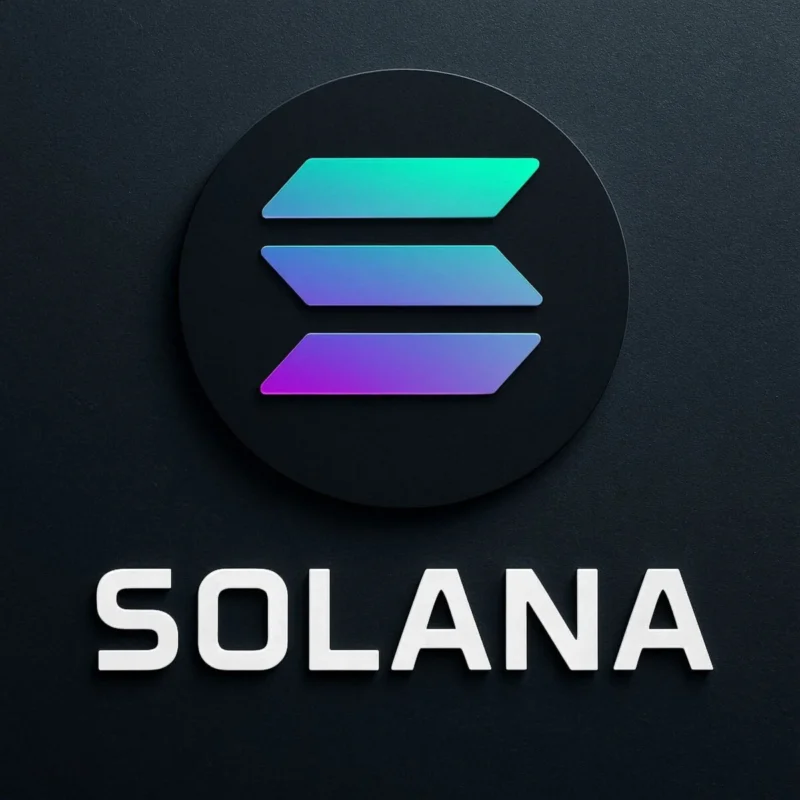PayPal Expands PYUSD Stablecoin to 9 New Blockchains Through LayerZero Integration
TLDR
- PayPal’s PYUSD stablecoin is expanding to 9 additional blockchains through LayerZero’s interoperability protocol
- The integration creates PYUSD0, a permissionless version that works on Tron, Avalanche, Aptos, Abstract, Ink, Sei, and Stable
- PYUSD supply has grown from $520 million to $1.3 billion since the start of 2025
- The stablecoin now operates across 13 different blockchain networks including Ethereum, Solana, and Stellar
- PayPal ranks 11th in the stablecoin market behind industry leaders Tether and Circle
PayPal is expanding its dollar-backed stablecoin PYUSD to nine new blockchain networks through a partnership with interoperability protocol LayerZero. The integration uses LayerZero’s Stargate Hydra bridge system to create broader access across multiple crypto platforms.
The expansion introduces PYUSD0, a permissionless version of PayPal’s stablecoin that maintains full interchangeability with the original PYUSD token. This new version will operate on seven additional blockchains: Tron, Avalanche, Aptos, Abstract, Ink, Sei, and Stable.
Two existing community-issued versions on Berachain and Flow will automatically convert to the new PYUSD0 standard. PayPal also announced a separate integration with the Stellar blockchain on the same day.
The move significantly increases PYUSD’s blockchain presence from four networks to thirteen. PayPal’s stablecoin was previously available on Ethereum, Solana, Arbitrum, and now Stellar through native issuance.
Growing Market Presence
PYUSD has experienced substantial growth since its launch in August 2023. The stablecoin’s supply has more than doubled from approximately $520 million at the beginning of 2025 to its current $1.3 billion market cap.
PayPal partnered with regulated blockchain infrastructure firm Paxos to issue PYUSD. The stablecoin represents PayPal’s first major entry into the cryptocurrency space.
Despite this growth, PYUSD remains far behind industry leaders in the stablecoin market. Tether’s USDT holds the top position with a $171.2 billion market cap, while Circle’s USDC ranks second at $74.3 billion.
The broader stablecoin market has shown strong expansion potential. The US Treasury estimated in April that the current $295 billion stablecoin market could reach $2 trillion by 2028.
Technical Infrastructure
LayerZero’s integration enables seamless transfers of PYUSD0 across different blockchain networks without relying on traditional banking infrastructure. Users can move their tokens between supported chains while maintaining self-custody of their assets.
The Stargate Hydra system serves as the primary interface for PYUSD0 transfers between networks. LayerZero handles the technical processes of minting, burning, and deploying the stablecoin across different platforms.
This infrastructure allows PYUSD to compete with other major stablecoins in terms of accessibility. Tether currently supports 12 different blockchains, while Circle’s USDC operates on 25 chains.
The Stellar integration offers five-second transaction finality with low fees. This blockchain has gained traction among users in developing countries who seek to save in US dollars.
LayerZero CEO Bryan Pellegrino stated that the integration demonstrates the emergence of a global financial market that operates continuously across borders. The company positions stablecoins as cryptocurrency’s primary use case for mainstream adoption.
PayPal’s expansion comes as the stablecoin sector benefits from clearer regulatory frameworks. The GENIUS Act signed in July provides comprehensive stablecoin legislation in the United States.
PYUSD currently ranks 11th among stablecoins by market cap, competing with tokens like Ethena USDe, USDS, and Dai, which hold market caps between $13.9 billion and $4.5 billion.
The post PayPal Expands PYUSD Stablecoin to 9 New Blockchains Through LayerZero Integration appeared first on CoinCentral.
You May Also Like

Solana Hits $4B in Corporate Treasuries as Companies Boost Reserves

Ethereum Price Prediction: ETH Eyes $7,000 and $10,000 as Next Key Targets While Mutuum Finance (MUTM) Positions for a 43x Price Pump
